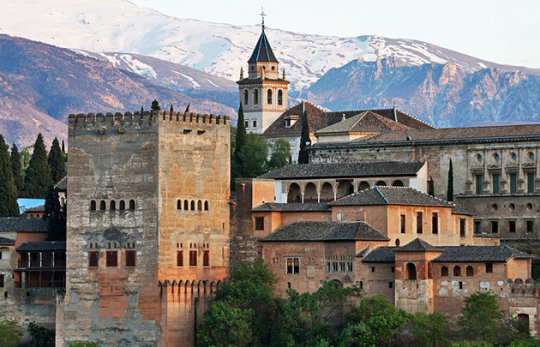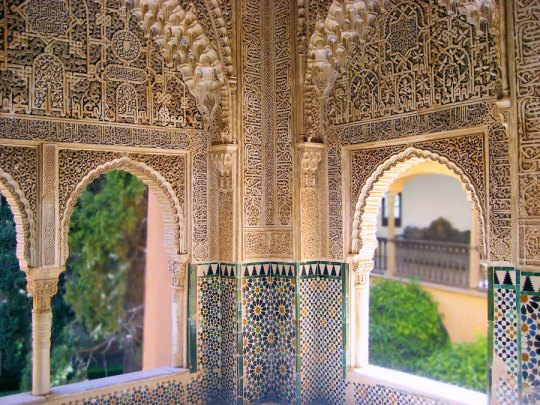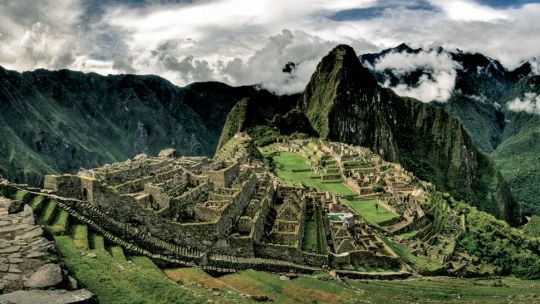Text
Test “Read more”
A shiny blue metal pendant on one Ardene necklace was nearly 100 per cent cadmium. The products Marketplace tested did not list the materials used in the jewelry.
"The results were astonishing," says Dr. Gérald Zagury, who performed the tests and has published several studies on heavy metals in jewelry.
He says it was the highest cadmium amount ever reported in Canada for such a product.
"It's pretty close to pure cadmium," he says.
The six other items also contained high concentrations of the heavy metal.
At 79 per cent cadmium, a decorative charm on a beaded Aldo bracelet contained more than 6,000 times the Health Canada threshold for children's jewelry.
Zagury tested the charm to see what would happen if a small child swallowed it. The results showed that a child's body would absorb unsafe amounts of the metal.
Zagury says chewing on contaminated jewelry could also pose a health risk for kids.
"I would not allow my daughter, for example, to put such a sample in her mouth, even if it's not swallowed," he says. Zagury's daughter is 7.
0 notes
Photo

1 note
·
View note
Photo

Alhambra Palace, Granada, Spain
0 notes
Photo
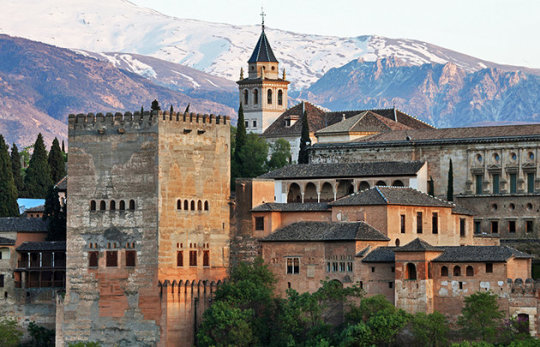

The history of the Alhambra is linked with the geographical place where it is located: Granada. On a rocky hill that is difficult to access, on the banks of the River Darro, protected by mountains and surrounded by woods, among the oldest quarters in the city, the Alhambra rises up like an imposing castle with reddish tones in its ramparts that prevent the outside world from seeing the delicate beauty they enclose.
Originally designed as a military area, the Alhambra became the residence of royalty and of the court of Granada in the middle of the thirteenth century, after the establishment of the Nasrid kingdom and the construction of the first palace, by the founder king Mohammed ibn Yusuf ben Nasr, better known as Alhamar.
Throughout the thirteenth, fourteenth and fifteenth centuries, the fortress became a citadel with high ramparts and defensive towers, which house two main areas: the military area, or Alcazaba, the barracks of the royal guard, and the medina or court city, the location of the famous Nasrid Palaces and the remains of the houses of noblemen and plebeians who lived there. The Charles V Palace (which was built after the city was taken by the Catholic Monarchs in 1492) is also in the medina.
The complex of monuments also has an independent palace opposite the Alhambra, surrounded by orchards and gardens, which was where the Granadine kings relaxed: the Generalife.
0 notes
Photo
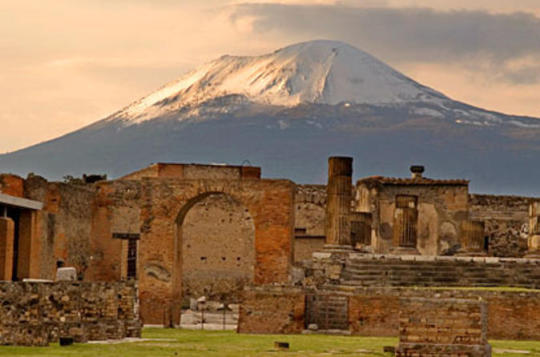
Pompeii is a vast archaeological site in southern Italy’s Campania region. Once a thriving and sophisticated Roman city, Pompeii was buried in meters of ash and pumice after the catastrophic eruption of Mt. Vesuvius in 79 C.E. Near the coast of the Bay of Naples, the site features excavated ruins that visitors can freely explore.
0 notes
Link
Only 15 to 20 per cent of middle-income Canadians retiring without an employer pension plan have saved anywhere near enough for retirement, according to a new study from the Broadbent Institute.
0 notes
Photo

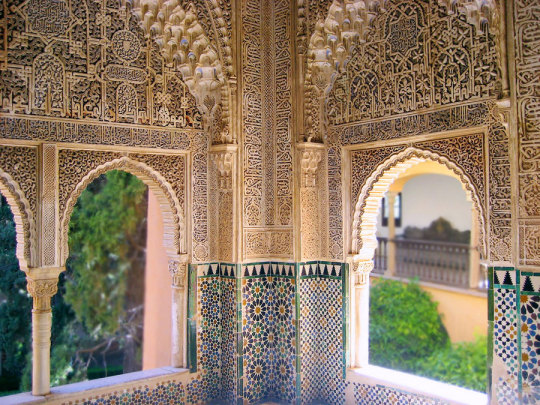
The history of the Alhambra is linked with the geographical place where it is located: Granada. On a rocky hill that is difficult to access, on the banks of the River Darro, protected by mountains and surrounded by woods, among the oldest quarters in the city, the Alhambra rises up like an imposing castle with reddish tones in its ramparts that prevent the outside world from seeing the delicate beauty they enclose.
Originally designed as a military area, the Alhambra became the residence of royalty and of the court of Granada in the middle of the thirteenth century, after the establishment of the Nasrid kingdom and the construction of the first palace, by the founder king Mohammed ibn Yusuf ben Nasr, better known as Alhamar.
Throughout the thirteenth, fourteenth and fifteenth centuries, the fortress became a citadel with high ramparts and defensive towers, which house two main areas: the military area, or Alcazaba, the barracks of the royal guard, and the medina or court city, the location of the famous Nasrid Palaces and the remains of the houses of noblemen and plebeians who lived there. The Charles V Palace (which was built after the city was taken by the Catholic Monarchs in 1492) is also in the medina.
The complex of monuments also has an independent palace opposite the Alhambra, surrounded by orchards and gardens, which was where the Granadine kings relaxed: the Generalife.
0 notes
Photo
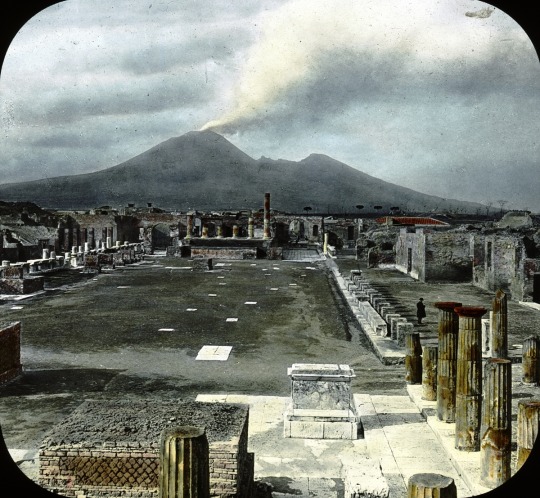
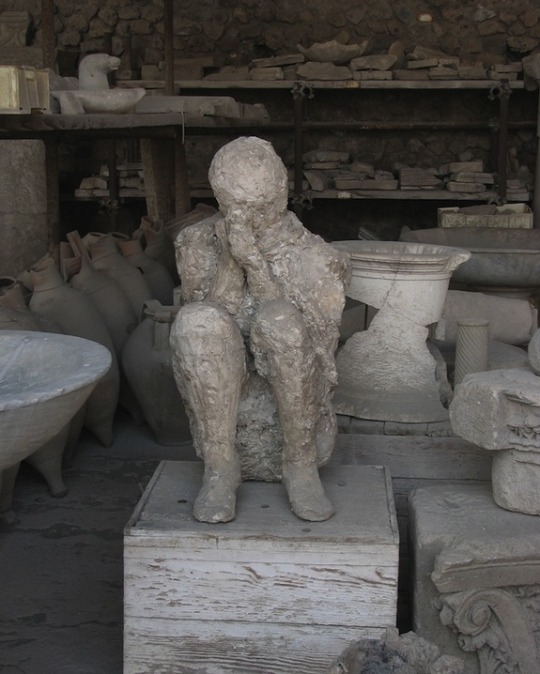
The eruption of Vesuvius buried the dead where they fell. After the bodies decomposed, they left human-shaped pockets in the hardened layers of ash. Pouring plaster in these pockets creates sculptures of death like this one.
2 notes
·
View notes
Quote
Life is not easy for any of us. But what of that? We must have perseverance and above all confidence in ourselves. We must believe that we are gifted for something and that this thing must be attained.
Marie Curie
0 notes
Photo
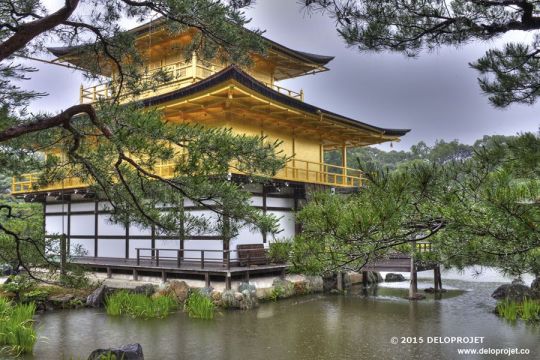
Kinkakuji (金閣寺, Golden Pavilion) is a Zen temple in northern Kyoto whose top two floors are completely covered in gold leaf. Formally known as Rokuonji, the temple was the retirement villa of the shogun Ashikaga Yoshimitsu, and according to his will it became a Zen temple of the Rinzai sect after his death in 1408. Kinkakuji was the inspiration for the similarly named Ginkakuji (Silver Pavilion), built by Yoshimitsu's grandson, Ashikaga Yoshimasa, on the other side of the city a few decades later.
Kinkakuji is an impressive structure built overlooking a large pond, and is the only building left of Yoshimitsu's former retirement complex. It has burned down numerous times throughout its history including twice during the Onin War, a civil war that destroyed much of Kyoto; and once again more recently in 1950 when it was set on fire by a fanatic monk. The present structure was rebuilt in 1955.
0 notes
Photo


Spring weather combined with the growing number of breweries in Vancouver is creating perfect conditions to embark on a local brewery tour, says On the Coast's beer columnist Rebecca Whyman.
But if the words "brewery tour" bring to mind a party bus full of drunken youths, think again. Whyman has plenty of suggestions to get from place to place at a leisurely (and more sober) pace.
She suggests starting in East Vancouver, where there are several breweries in a relatively small area.
0 notes
Conversation
Olive Garden
Kyoko: Would you be interested in visiting Vancouver Art Gallery?
Sunny: Sure, I'd love to.
0 notes
Link
The eruption of Vesuvius buried the dead where they fell. After the bodies decomposed, they left human-shaped pockets in the hardened layers of ash. Pouring plaster in these pockets creates sculptures of death like this one.
0 notes
Quote
In the fields of observation chance favours only the prepared mind.
Louis Pasteur
0 notes
